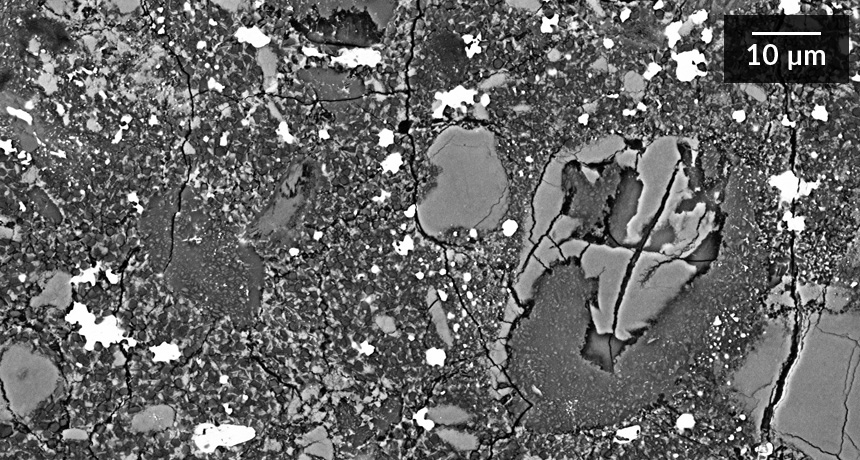
Earth’s most abundant mineral finally has a name
Science News, November 2014A space rock has helped scientists characterize, and finally name, the planet’s most common mineral.
Adapted for Science News for Students.

A space rock has helped scientists characterize, and finally name, the planet’s most common mineral.
Adapted for Science News for Students.
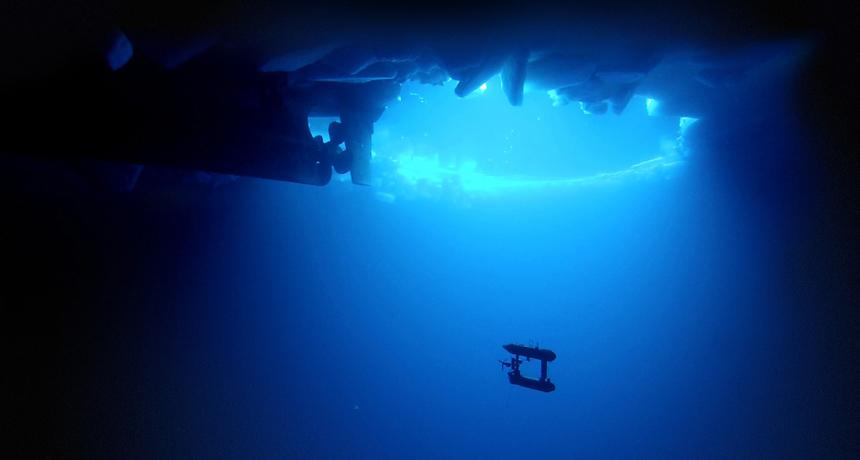
The sea ice surrounding Antarctica may be thicker than previously thought. Earlier estimates using shipboard observations and drill cores had suggested that the Southern Ocean ice pack was thinner than 1 meter on average. New measurements, reported November 24 in Nature Geoscience, show ice floes with thicknesses ranging from 1.4 to 5.5 meters, with some areas as thick as 16 meters.

Global warming could have an electrifying effect. Climate calculations suggest that U.S. lightning frequency will increase about 12 percent for every 1 degree Celsius in warming, researchers report in the Nov. 14 Science.
Adapted for Science News for Students.
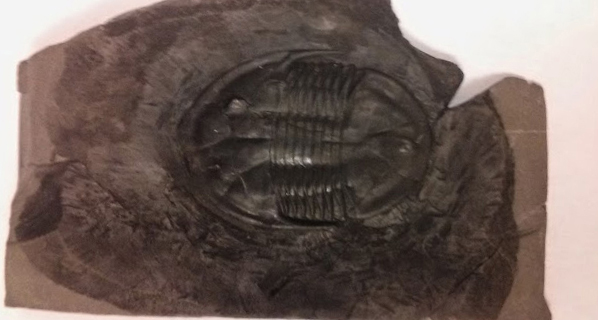
Some trilobites scurrying across the seafloor around 500 million years ago probably sported two-lane digestive tracks, new research shows.
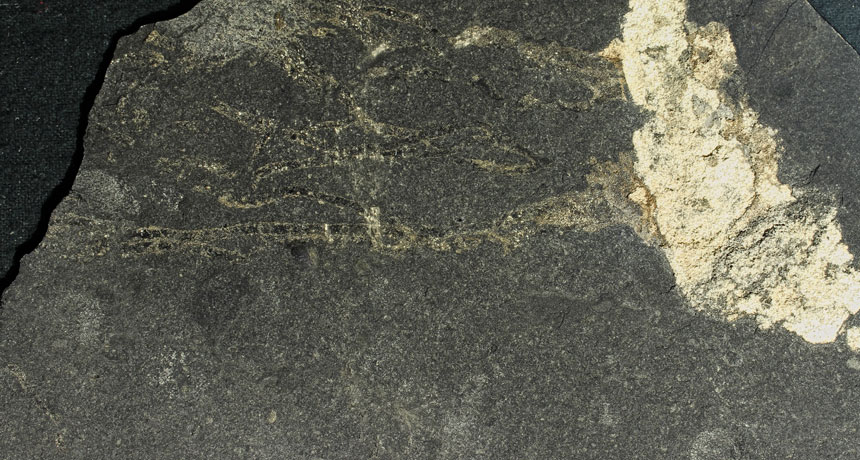
Tentacle-draped jellyfish might seem odd, and their deaths can be even weirder. Paleontologist Graham Young of the Manitoba Museum in Winnipeg reconstructed the bizarre final moments of an ancient jellyfish entombed for roughly 310 million years inside a black shale slab in Indiana.
Adapted for Science News for Students.

Fracking in Carroll County, the heart of Ohio’s natural gas boom, hasn’t contaminated groundwater, new research shows. The study is the first in the country to evaluate drinking water quality before and after the local onset of hydraulic fracturing, better known as fracking.

In a story worthy of CSI: Jurassic Period, researchers have solved the mystery of what killed a predatory allosaurus dinosaur 147 million years ago.

Raindrops have been caught breaking the speed limit. Using drizzle detectors, researchers discovered tiny raindrops falling more than 1.3 times as fast as terminal velocity, the speed at which air resistance cancels out gravitational pull.
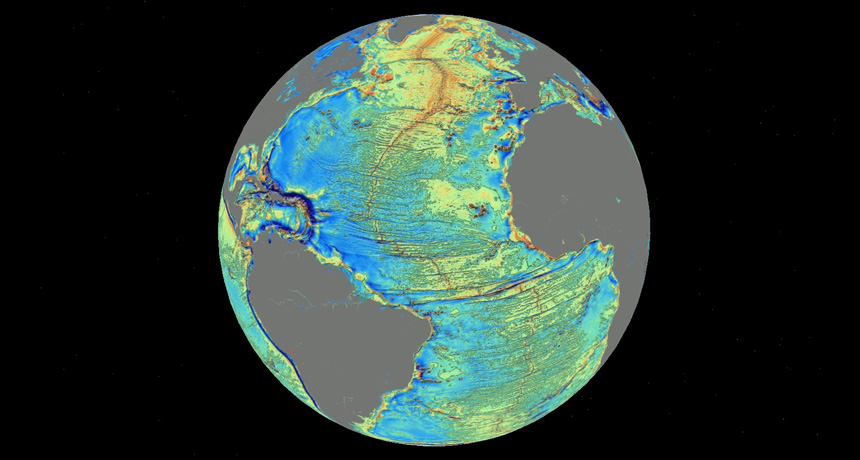
A new comprehensive map of Earth’s seafloor reveals never-before-seen features hidden deep below the waves, including thousands of uncharted underwater mountains. The map, presented in the Oct. 3 Science, is the most accurate global seafloor map ever made and could provide new clues to how Earth’s surface got its shape.
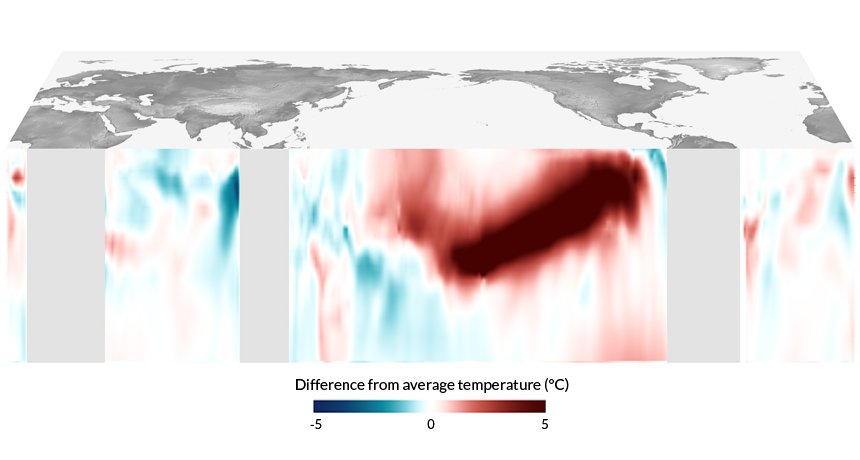
California won’t see hoped-for relief from drought this winter, scientists say, because El Niño is likely to be weak or nonexistent.